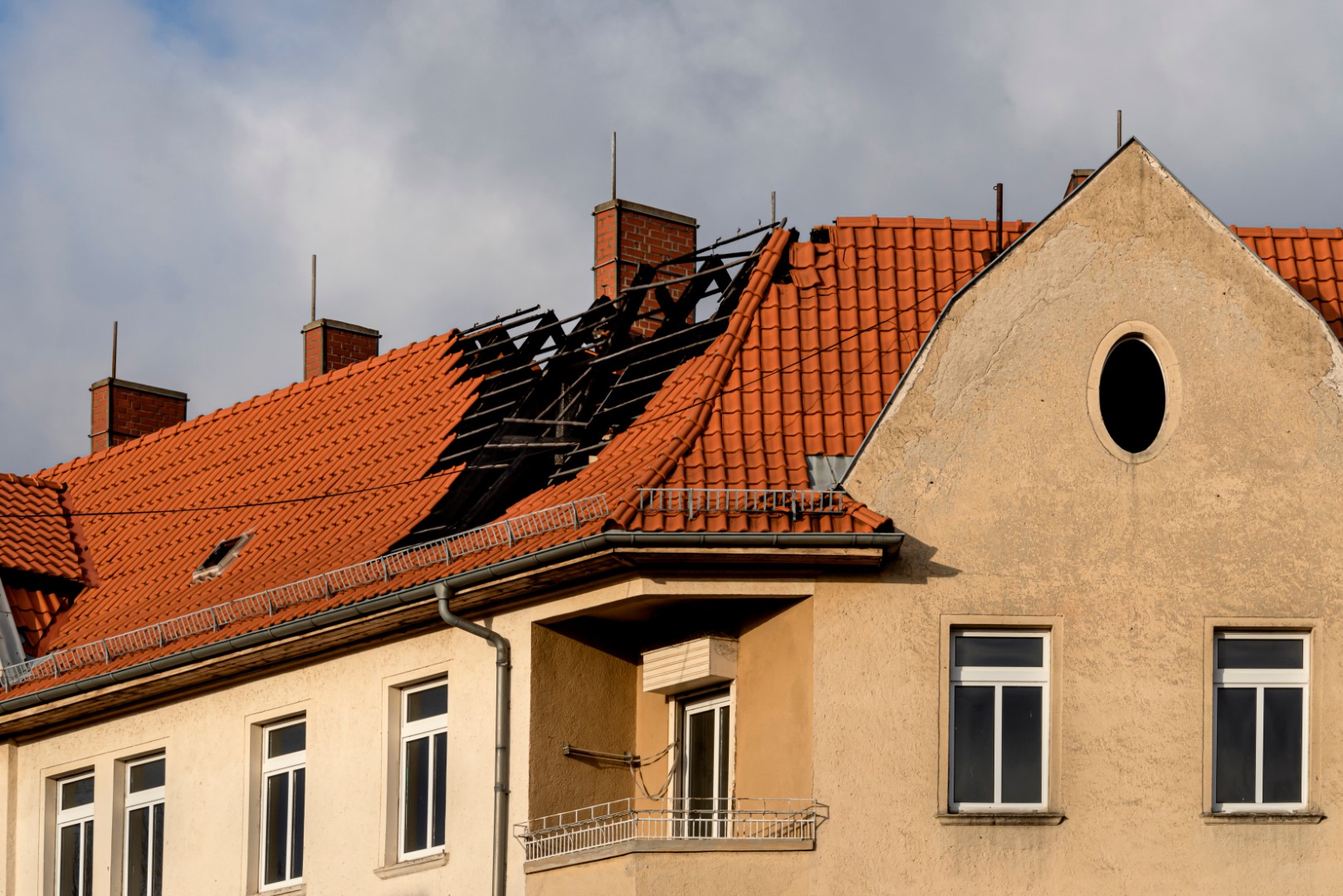How Insurance Works for Sectional Title Community Schemes
Insurance for Sectional Title Community Schemes works by transferring the risks associated with owning and managing property to an insurance company. Property owners pay a premium to the insurance company, and in exchange, the insurance company agrees to cover losses or damages that occur within the terms of the insurance policy.
When a property owner purchases an insurance policy, they must first determine the types and levels of coverage that they need. This can vary depending on the type of property, the level of risk associated with the property, and other factors such as location, security features, age of the property, height of the building, occupancy and geyser/ heating appliance type.
What is Covered?
Sectional Title Community Schemes insurance does not cover personal belongings or contents of any resident. “If you take a unit within the Scheme, turn it upside down and give it a good shake, whatever falls out (loose contents) is not covered, and whatever stays behind (fixtures) will be,” says ANGOR insurance administrator Melani van Niekerk. These loose contents items (such as TV’s, microwaves, fridges, computers, clothing etc.) need to be covered by the resident’s own private Household Contents insurance policy. Even if damage results to these items as a result of an insured event, the owners will be required to access their own insurance for the items. For example, should a wall collapse and crush your car, the wall would be covered by the Scheme’s policy, and the car would need to be covered by your own car insurance.
Also, any problems arising from wear-and-tear, or which are due to lack of maintenance of the property would typically not be covered. Unforeseen and sudden issues are covered, and it is a requirement on the insurance policy that a claim should be submitted within 30 days of the event.
The types of problems that would typically be covered by a Sectional Title Community Scheme’s insurance policy include:
- Fire damage to the Community Scheme property or common areas;
- Electrical failure that involves repairing an electrical fault that has caused a power outage or other dangerous situation, such as sparking or overheating wires;
- Plumbing issues that involve fixing a burst pipe, including a burst geyser;
- Heating and cooling failures: Emergency maintenance may involve repairing a broken furnace or air conditioning unit to restore a comfortable temperature inside the building;
- Theft of property from the Community Scheme premises or common areas;
- Vandalism or malicious damage to the Community Scheme property or common areas;
- Storm or weather-related damage to the Community Scheme property or common areas;
- Structural damage to the Community Scheme property or common areas caused by subsidence or heave;
- Accidental damage to the Community Scheme property or common areas caused by residents or visitors;
- Public liability claims arising from injuries to residents or visitors within the Community Scheme property or common areas;
- Employer’s liability claims arising from injuries to employees of the Community Scheme or contractors working on the property; and
- Legal expenses incurred in defending or pursuing claims relating to the Community Scheme, including disputes with third parties or regulatory bodies.
Other types of cover which can be included with the advice of your broker are:
- Arrear levies cover – which may be offered at an additional premium. This covers you for owners who are unable to pay their levy and who might put the entire Scheme at risk. However, recouping outstanding levies oftens results in litigation and Schemes who select this insurance will override and sometimes complicate your managing agent’s ability to assist with their legal recourse.
- CSOS required Fidelity insurance is a necessity in the case of fraud or theft of money from the levy account committed by a Scheme Executive, managing agent or the employees (parties with access to the bank account) of the Scheme. This has been compulsory for Schemes since the October 2016 legislation update.
It is always best to familiarise yourself with your specific insurance requirements and approach a reputable insurance broker to discuss your policy ahead of time. That way you won’t be in for any nasty surprises when you need them the least.
Another item to be aware of is where owners make upgrades to their section or unit. These need to be communicated and added into the Scheme’s insurance cover. As a result, the owner may need to pay in a nominal additional insurance premium (via the levy) to cover the upgrade. For example, if any improvements increase the replacement cost of your section, such as carpeting, tiling, panelling, wooden flooring or other fittings and these are destroyed by fire, flood, wind, storm or electrical faults they will likely be under-insured and not covered in totality by the Sectional Title Community Scheme’s insurance policy.
Author: Intigor Risk Management Services
https://www.intigorrisk.com/

